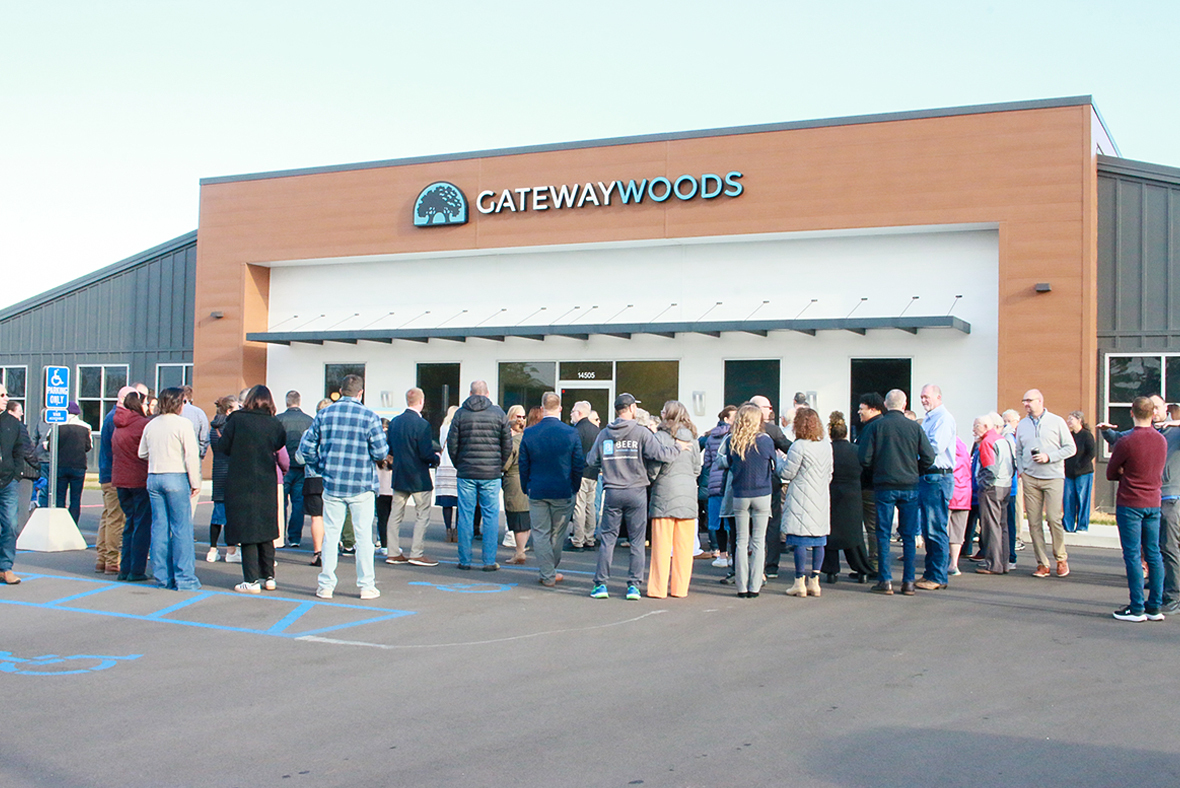Even When I'm the Potter, I'm Still the Clay
December 2022

"And yet, O Lord, you are our Father. We are the clay, and you are the potter. We all are formed by your hand." Isaiah 64:8 NLT
Earlier this year, I started taking a pottery wheel class. Having been learning, honing my skills, and discovering how much I don’t know about pottery for 8 months now, there are a few significant analogies that keep me going back for more – other than it being a hobby that doubles as some self-care therapy for me.
- "Don’t let the clay boss you around,” my pottery teacher says. Most days, the clay tends to do what it wants and what comes out is what I get. Not so with God. As I attempt to turn a lump of mud into a usable creation, I marvel at how gentle my Abba’s hands are when He applies pressure in certain areas of my life to shape me. While it may hurt at the moment, I know it’s going to make me a more beautiful and useful vessel for His purposes.
- Rushing the process causes irreversible damage. There’s a lot of “hurry up and wait” in the pottery process. After a piece is thrown on the wheel, it must first dry out enough to be refined (or trimmed) but if it’s too dry, trimming won’t work. Next, you must wait until the piece is completely dry (or bone dry) before it can be fired. This is firing #1 - or the bisque firing. Once it’s bisque, it can now be decorated with special paints called glazes. Then, more drying before firing #2, which turns the glaze-decorated bisque into its final state: ceramic pottery. If at any point you get impatient and put pieces into the kiln too early, not only do you risk your creation blowing up but any others around it as well – which might be someone else’s masterpiece that they’ve spent hours or days on. Am I willing to risk a little patience for the guarantee that I won’t injure myself or those around me with my words or actions?
- We are at our weakest when we are “bone dry.” When clay is wet, it is incredibly malleable. When it’s “leather hard” it can still be trimmed. But once it’s bone dry, you either need to fire it into bisque or completely saturate it with water and turn it back into a lump of clay to be rethrown on the wheel. If a piece is dropped in the bone dry stage, it’ll shatter and be unrepairable. Any attempt at piecing it back together only guarantees cracks. As a lump of clay myself, do I surround myself with other lumps? Do I stay malleable and willing to learn from my fellow lumps? If not, I’ll be a bone dry Christian who desperately needs to be re-saturated with the Word and reshaped by the Potter.
- Even “ugly” pots have a purpose. Sometimes, my pots will get thin walls and slump in my hands. If it happens to come off the wheel in one piece, I think, “why not fire it anyway and see what happens?” These pieces seem to be the ones that people love the most! Why is that? They are far from perfect and the glaze I apply definitely doesn’t cover up the imperfections! My friends and family don’t seem to care that it’s obviously handmade – they care that when they look at it, it makes them smile and think of its maker. When someone looks at me and my imperfections, do they smile because, despite my flaws, I point them back to their Creator?
May you stay malleable in the Maker’s hands today as you point others back to the Creator, despite your imperfections.


